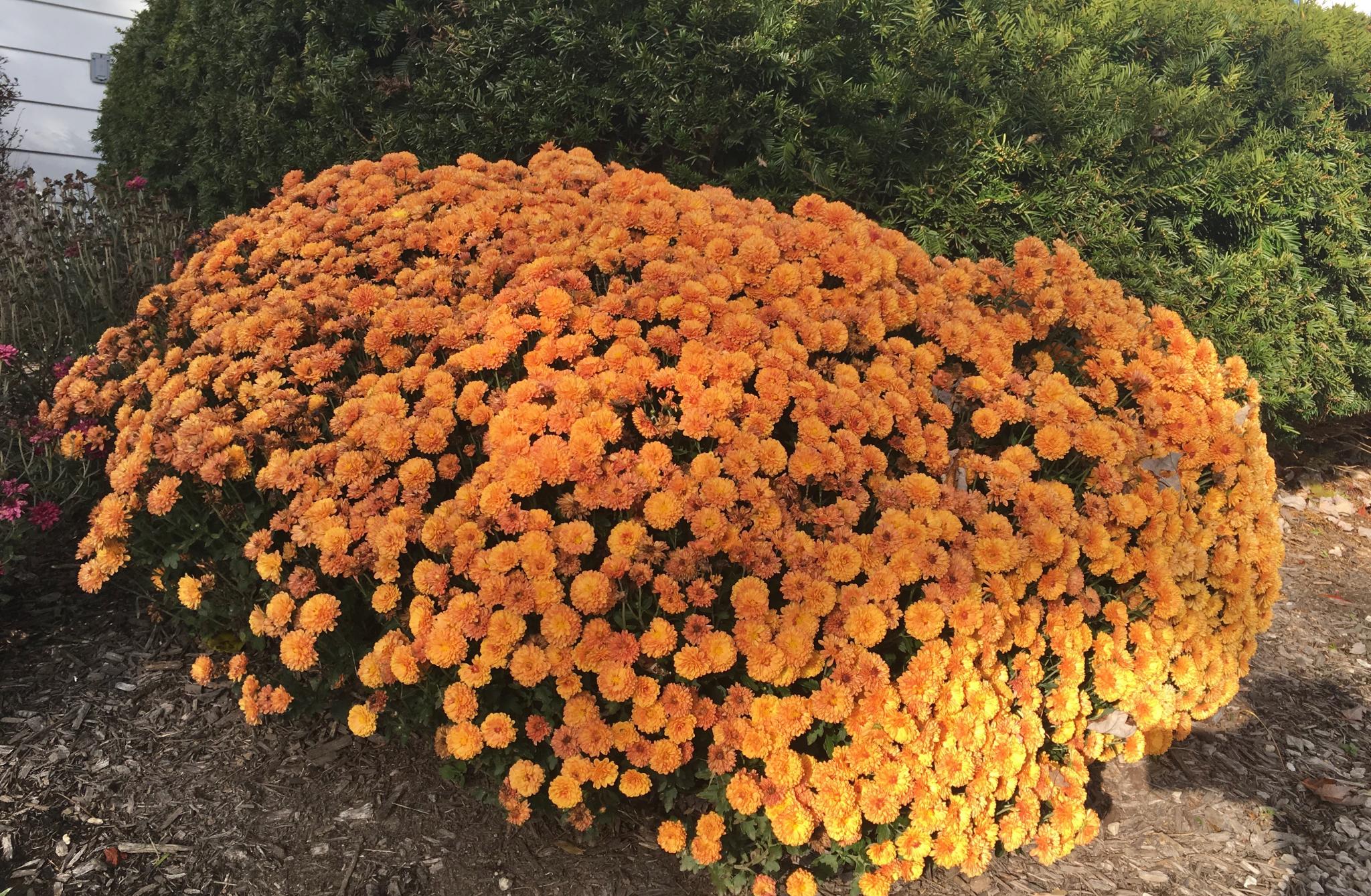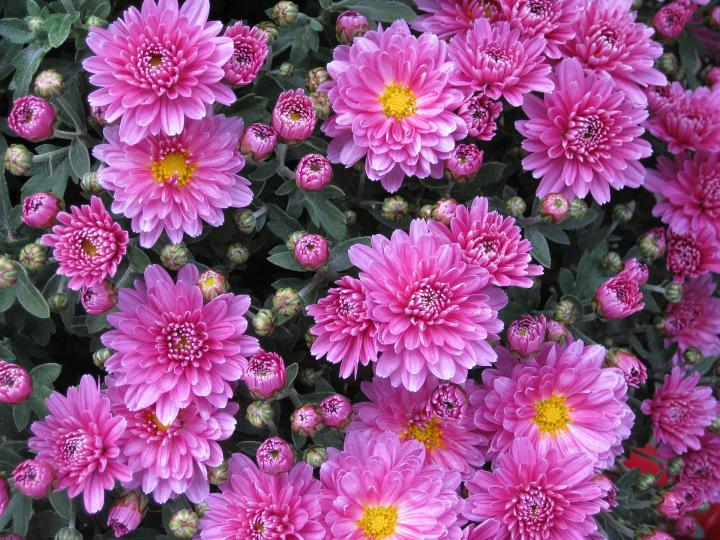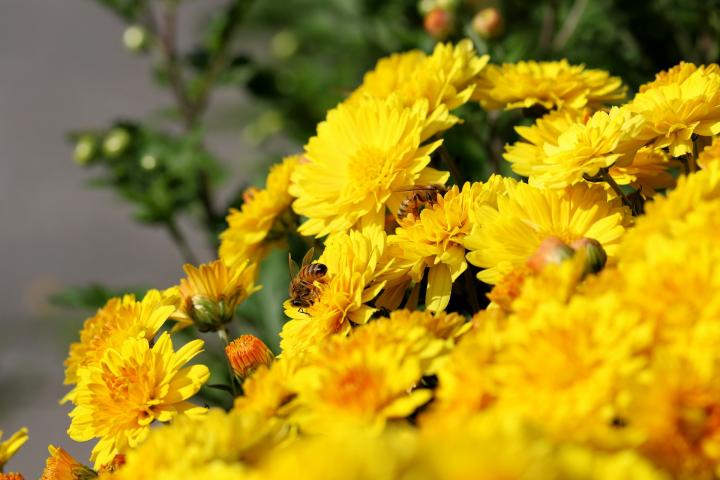
There's a difference between florist and garden mums

Fall Flowers and Foliage
Fall Vegetable Gardening
Fall Garden Cleanup
Garden Soil Preparation
Fall Nature
ADVERTISEMENT
But but but you can’t find them in the spring!!!!!
Thank you very much. Exactly what I wanted to know.
So happy that this was helpful, Matthew!
I live in the PNW where the winters are very mild (Rarely dips into the 20's) so my chrysanthemums winter over very well. I feel fortunate for that reason. It's fun to watch the greens spring back up after their winter trim. We keep ours potted so we can move it inside if need be. Hope everyone enjoys their fall flowers this year!
I live in Michigan (cold, hard winters) and love to use store bought mums in my outdoor planters in the fall. I leave the mums in their original containers so they are easy to take out of my planters. The crazy thing is, I always try to remember to plant these mums in the garden after they have lived their PLANTER life in November, to have garden mums the following year. They always come back! Last year, we had an early snow and I never had a chance to plant those mums. I set the pots behind some bushes and forgot about them. SURPRISE, they all survived the winter. I kept them watered this past spring and summer and they are now loaded with buds, ready to bloom!
This answered every question I’ve had about Mums. I’m going to finally dive in. Thank you so much for your thorough and concise tips.
Is it ok to plant my mums now in the ground? I live in WV and I’ve been others comments
Below about theirs thriving and coming back big! Or should I wait and
Water them through winter in my
Garage and plant in late April?
It would seem like you could plant them now. Early spring is recommended … but with care, and continued mild weather, you might be ok. Or, plant some now and some later. If you plant, Do not cut back mums. The dead growth insulates the roots. Cut off the dead stems and leaves when you see the first green shoots in spring. After the ground has frozen, spread 4 to 6 inches of mulch around the plant.
If you know the plant names, you may feel more confident. The following are extra-hardy mums. These will survive in frigid climates: ‘Betty Lou’ Maxi Mum; ‘Burnt Copper’; ‘Centerpiece’; ‘Grape Glow’; ‘Lemonsota’; ‘Maroon Pride’; ‘Mellow Moon’; ‘Minnautumn’, ‘Minnpink’, ‘Minnruby’, ‘Minnwhite’, and ‘Minnyellow’; ‘Rose Blush’; ‘Sesqui Centennial Sun’ ‘Snowscape’
Great info re mums. Now I know when, how & winterizing mums! Thank you!
I have big beautiful mums in pots on my front
Porch. I want to plant them but know it’s
Too late in the season. If I keep them in my garage all winter and keep them watered, can I play them early spring?












